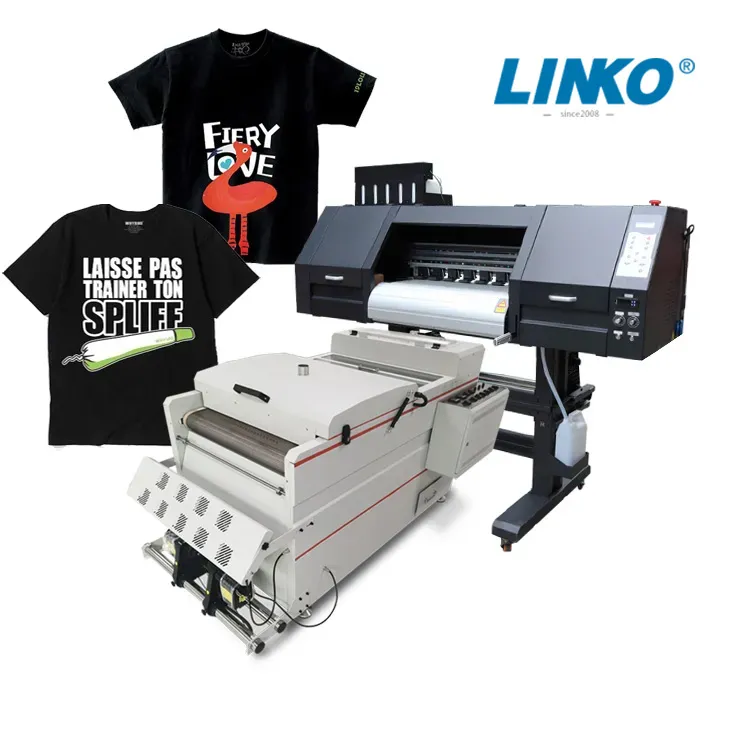Grasping DTF Printing: A Comprehensive Overview to Direct-to-Film Techniques
The Future of Fashion: Discovering DTF Printing Technology in the Fabric Industry
Amongst these innovations, Straight to Film (DTF) printing technology has emerged as an appealing competitor, using one-of-a-kind capabilities and chances for designers and producers alike. This innovative printing approach has actually triggered passion due to its possible to reinvent standard fabric printing procedures.
Advancement of Fabric Printing
From the old worlds using strategies like block printing to the digital transformation of today, textile printing has consistently pressed boundaries. As the craft spread to various other parts of the globe, brand-new methods such as display printing and roller printing emerged throughout the Industrial Change, transforming the fabric market.
In the 20th century, developments in technology caused the advancement of rotating screen printing, permitting faster and more detailed styles. The intro of digital fabric printing in the late 20th century marked a significant shift in the direction of more lasting and flexible printing techniques. Today, with developments like Direct-to-Fabric (DTF) printing technology, designers can develop dynamic, thorough prints with higher performance and decreased ecological impact. The advancement of textile printing showcases a rich background of creative thinking, ingenuity, and technical progression in the world of style and design.
Advantages of DTF Modern Technology
With the evolution of textile printing methods from old approaches like block printing to modern-day developments such as digital printing, the introduction of Direct-to-Fabric (DTF) innovation has substantially boosted the efficiency and sustainability of textile printing processes. One of the primary benefits of DTF technology is its capability to directly print styles onto material without the demand for transfer papers, which reduces waste and simplifies the production procedure. Additionally, DTF printing allows for greater shade vibrancy and information accuracy contrasted to typical approaches, making it possible for fabric makers to develop complex and high-grade layouts effortlessly.
In addition, DTF modern technology is recognized for its convenience, as it can be made use of on different types of fabrics, including all-natural fibers like silk, cotton, and wool, along with synthetic materials such as polyester and nylon (DTF Printing). This versatility opens up a variety of opportunities for designers and manufacturers to try out different appearances and products, resulting in more unique and cutting-edge products in the garment industry. Generally, the application of DTF technology stands for a significant innovation in textile printing, supplying many advantages that add to the future sustainability and creativity of the sector
Sustainability in Fashion Manufacturing
Highlighting green methods is paramount in contemporary style manufacturing, lining up with the expanding consumer need for sustainable products. In recent times, the fashion business has dealt with boosting scrutiny as a result of its significant ecological influence, including extreme water use, chemical pollution, and fabric waste. As a response, numerous style brand names are now integrating lasting techniques into their manufacturing procedures to minimize damage to the setting.
Sustainability in vogue production includes various elements, such as check here making use of recycled and organic materials, minimizing power consumption, executing honest labor techniques, and advertising transparency throughout the supply chain. In addition, developments in innovation, like DTF printing, deal possibilities to further enhance sustainability in textile manufacturing. This innovation click here to read allows exact printing on textiles, lowering ink wastage and water usage compared to standard printing techniques.
Style Flexibility and Modification

Additionally, DTF printing helps with modification on a scale previously unattainable, permitting for personalized garments and unique items customized to individual preferences. In general, DTF printing modern technology transforms the style landscape in the fabric industry, using countless possibilities for innovative expression and tailored fashion.
Influence On Supply Chain & Market Trends
DTF printing modern technology in the fabric market is reshaping supply chain dynamics and influencing market fads via its effectiveness and personalization capacities. By making it possible for on-demand printing and removing the requirement for large inventories, DTF modern technology enhances the supply chain process.
Furthermore, the customization possibility of DTF printing innovation is transforming the market fads in the textile industry. Customers progressively seek customized and unique items, and DTF allows brand names to provide custom styles cost-effectively. This customization capacity not just improves consumer contentment however additionally opens up brand-new chances for businesses to visit this site deal with specific niche markets and separate themselves from competitors. Because of this, DTF innovation is driving a shift in the direction of more customer-centric and cutting-edge approaches within the textile sector, shaping the future of style.

Conclusion
In verdict, DTF printing technology is reinventing the fabric industry by using countless benefits such as design freedom, sustainability, and personalization. This innovative technology is reshaping the future of fashion manufacturing, influencing supply chains, and driving market fads in the direction of more effective and environment-friendly practices. As the industry remains to advance, DTF printing will certainly play an essential role in shaping the way textiles are created and consumed in the years to find.
From the ancient worlds utilizing techniques like block printing to the digital revolution of today, fabric printing has actually consistently pressed limits. As the craft spread to other parts of the world, brand-new approaches such as display printing and roller printing arised during the Industrial Revolution, revolutionizing the fabric sector.
The intro of digital textile printing in the late 20th century marked a significant change in the direction of even more sustainable and versatile printing techniques.With the evolution of textile printing strategies from old methods like block printing to modern technologies such as electronic printing, the introduction of Direct-to-Fabric (DTF) modern technology has actually substantially enhanced the performance and sustainability of fabric printing processes (DTF Printing).In feedback to the necessary shift in the direction of sustainability in style production, the fostering of ingenious technologies like DTF printing not just addresses ecological problems however also opens up opportunities for unrivaled layout flexibility and customization in the fabric industry